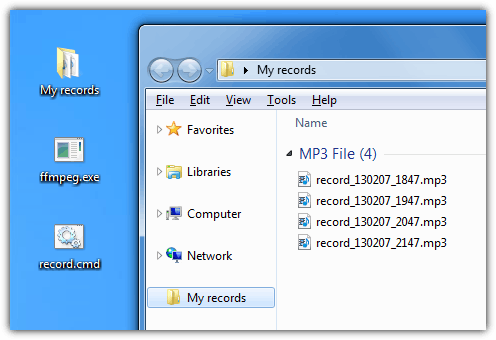8
5
I want to record sound from a particular microphone on a Windows 7 for an extended period of time.
The computer is on 24/7.
How can I achieve this?
Background
My neighbor is causing problems saying that I'm making noise even when I am not home. I thought of the idea of recording sound levels in my flat for factual evidence in-case this ever turns sour.


PSA: In some states it is illegal to record conversations without consent of the parties involved. – MetaGuru – 2015-04-30T15:28:22.700
@ioSamurai: I'm pretty sure in all states it is illegal for other people to have conversations in your home without your consent. – qasdfdsaq – 2015-08-10T11:09:50.753
Is it the neighbor from the next house 30 yards away or the one from the next appartment behind the wall? – ott-- – 2013-02-07T21:50:15.447
Behind the wall, to be honest she seems like one of these crazy lady with 5 cat types. – Sam – 2013-02-07T21:51:13.827
Can't you just add a mike to the PC in question and use recording software? – Paul – 2013-02-08T00:34:27.137
1@Paul Yes, the main issue is how to archive all this data into a usable format. – Sam – 2013-02-08T00:43:41.717